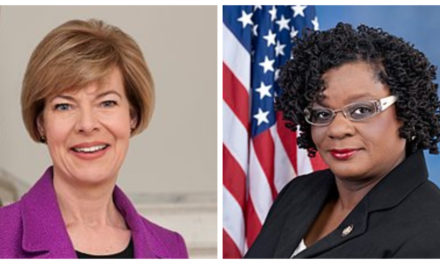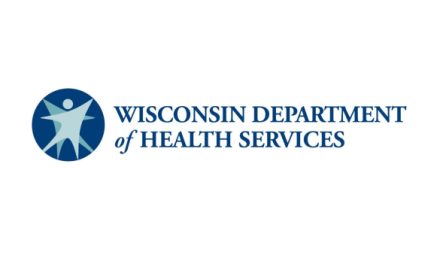
What makes a virus infectious? Researcher to study the conversion from harmless viral particles to disease-causing viruses
For Immediate Release:
June 3, 2014
Medical College of Wisconsin
Office of Public Affairs
8701 Watertown Plank Road
Fax (414) 955-6166
For more information, contact:
Maureen Mack (mmack@mcw.edu)
Director of Media Relations
Cellular: 414-750-5266
Office: 414-955-4744
The Medical College of Wisconsin (MCW) has received a five-year, $2.2 million grant from the National Institutes of Health’s National Institute of Allergy and Infectious Disease to study the ways in which specific viruses become infectious. The research will examine the picornaviruses, a family of medically important viruses, members of which cause diseases ranging from the common cold to viral paralysis and encephalitis in humans, to an economically devastating disease that affects livestock.
William Jackson, Ph.D., assistant professor of microbiology and molecular genetics at MCW, is the principal investigator for the grant.
The Jackson Lab studies poliovirus, a model virus for the family, and rhinovirus, the common cold virus. Through collaboration with research groups around the world, their studies have been extended to a wide variety of viruses with severe medical and economic impact.
Recently the lab discovered that an acidic environment in human cells is required for these viruses to change from a non-infectious particle to an infectious virus. The new award will allow the research team to study identify potential therapies targeting acidic compartments in infected cells. Those therapies would reduce the production of infectious viruses, thereby limiting their spread and the resulting illness.
This project is supported by NIH grant R01AI104928.
About the Medical College of Wisconsin
The Medical College of Wisconsin is the state’s only private medical school and health sciences graduate school. Founded in 1893, it is dedicated to leadership and excellence in education, patient care, research and community engagement. More than 1,200 students are enrolled in the Medical College’s medical school and graduate school programs in Milwaukee. New regional medical education campuses are planned to open in Green Bay in 2015, and in Central Wisconsin in 2016, with each recruiting initial classes of 15-20 students. A major national research center, MCW is the largest research institution in the Milwaukee metro area and second largest in Wisconsin. In FY 2012-13, faculty received approximately $160 million in external support for research, teaching, training and related purposes, of which approximately $144 million is for research. This total includes highly competitive research and training awards from the National Institutes of Health (NIH). Annually, College faculty director collaborate on more than 2,000 research studies, including clinical trials. Additionally, more than 1,350 physicians provide care in virtually every specialty of medicine for more than 425,000 patients annually.
# # #





